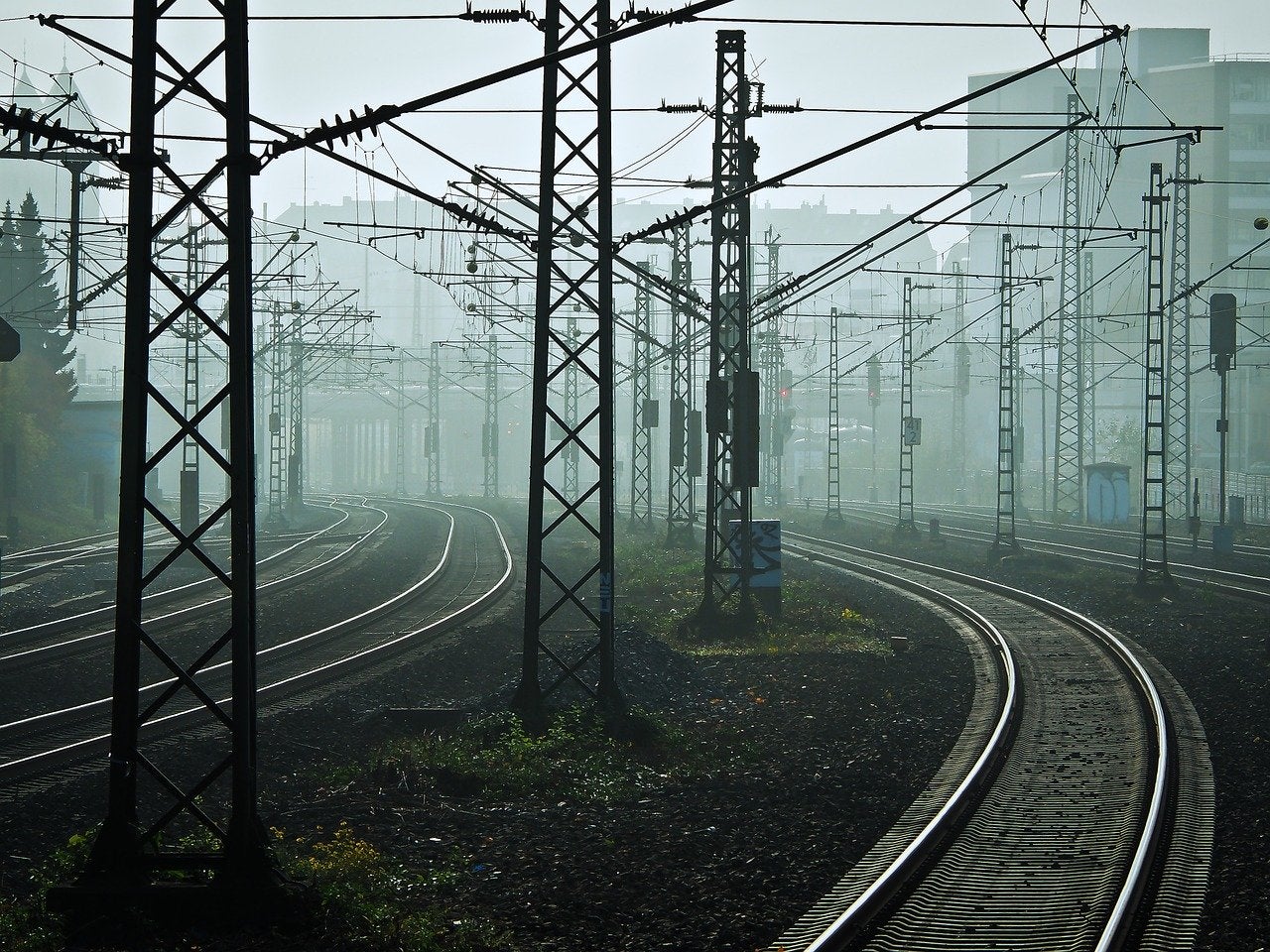
The Indian Government has approved the Rs56.17bn ($764m) Haryana Orbital Rail Corridor Project that will run from Palwal to Sonipat.
The project was approved by the Cabinet Committee on Economic Affairs (CCEA) in a bid to improve regional connectivity and decongest the National Capital Region (NCR).

Discover B2B Marketing That Performs
Combine business intelligence and editorial excellence to reach engaged professionals across 36 leading media platforms.
As planned, the rail line will start from Palwal and end at existing Harsana Kalan station on the Delhi-Ambala section.
The line will pass through Sohna, Manesar and Kharkhauda, as well as offer connectivity to the existing Patli, Sultanpur and Asaudha stations.
Established by the Ministry of Railways and Haryana state government, the Haryana Rail Infrastructure Development (HRIDC) joint venture will implement the project in five years.
Once complete, the line is expected to be used by 20,000 passengers every day and support 50Mtpa of freight movement.

US Tariffs are shifting - will you react or anticipate?
Don’t let policy changes catch you off guard. Stay proactive with real-time data and expert analysis.
By GlobalDataThe line will help in diverting the traffic not meant for Delhi, thereby mitigating congestion in the NCR.
It will also facilitate the development of several districts in Haryana, particularly Palwal, Nuh, Gurugram, Jhajjar and Sonipat, supporting the development of multimodal logistics hubs and other economic and social activities.
In a statement, the CCEA said: “It will provide high-speed seamless connectivity of this region to Dedicated Freight Corridor network, resulting in a reduction of cost and time of transportation for EXIM traffic from NCR to ports of India, making exports of goods more competitive.
“This efficient transport corridor, along with other initiatives, will provide enabling infrastructure to attract multinational industries to set up manufacturing units to fulfil the ‘Make in India’ mission.”





